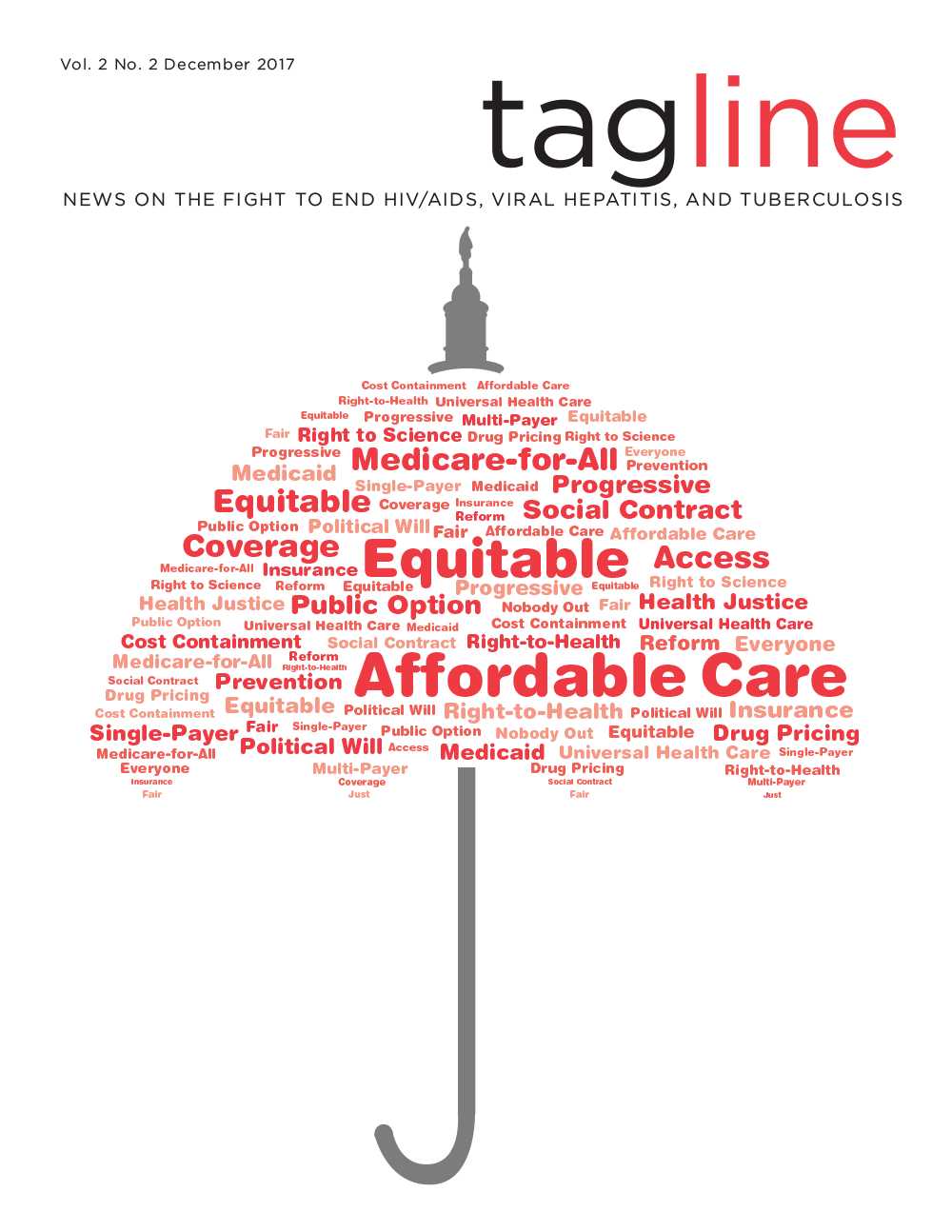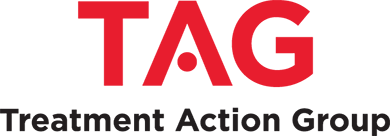What does the research tell us?
By Richard Jefferys
 After a long period during which HIV incidence rates seemed distressingly immutable, the last few years have seen a rapid accumulation of evidence that pre-exposure prophylaxis (PrEP) and HIV viral load suppression by antiretroviral therapy (ART) can dramatically reduce transmission risk. The effects of these interventions are now beginning to manifest at the population level, with reports emerging of declining HIV incidence in a number of different settings. But these interventions can only work if people are able to access them, and, although there can be many barriers to access, health coverage is clearly among the most significant.
After a long period during which HIV incidence rates seemed distressingly immutable, the last few years have seen a rapid accumulation of evidence that pre-exposure prophylaxis (PrEP) and HIV viral load suppression by antiretroviral therapy (ART) can dramatically reduce transmission risk. The effects of these interventions are now beginning to manifest at the population level, with reports emerging of declining HIV incidence in a number of different settings. But these interventions can only work if people are able to access them, and, although there can be many barriers to access, health coverage is clearly among the most significant.
The first robust evidence for an effect of ART on HIV transmission came from the HPTN 052 study in serodiscordant heterosexual couples by Cohen et al., which ultimately reported a 93% reduction in acquisition risk associated with earlier initiation of treatment in the New England Journal of Medicine (NEJM) in 2016. Since that time, there has been an avalanche of confirmatory data, including results from studies involving gay couples such as those published by Rodger et al. in the Journal of the American Medical Association in 2016 and presented by Andrew Grulich at the International AIDS Society 2017 conference. The key lesson from this research is that suppression of HIV viral load to undetectable levels is associated with zero risk of transmission, prompting the ‘Undetectable = Untransmittable’ advocacy campaign.
Similarly, initial evidence that daily PrEP with Truvada significantly reduces HIV acquisition risk came from the iPrEx trial reported by Grant et al. in NEJM in 2010, and has subsequently been bolstered by results from additional studies. Initial concerns regarding efficacy in women have been ameliorated by a meta-analysis of the outcomes in multiple trials, published by Fonner et al. in the journal AIDS in 2016, which found that PrEP was effective if daily dosing was maintained.
With the efficacy of these interventions being convincingly established, a number of research groups have investigated how health insurance coverage may affect access to them. An analysis involving 17,140 HIV-positive participants at 11 U.S. clinics—described by Yehia and colleagues in PLoS One in 2015—found that individuals with neither private insurance nor Medicaid were significantly less likely to be retained in care and virologically suppressed than their cohort counterparts. In the U.S. Women’s Interagency HIV Study, privately insured participants were reported to have the highest rates of viral load suppression in a 2016 paper published in the Journal of Acquired Immune Deficiency Syndromes (JAIDS) by Ludema et al.
A lack of continuous health insurance has also been independently associated with discontinuation of ART among participants in the U.S.-based Medical Monitoring Project, as reported by Hughes et al. in JAIDS in 2014. A U.S. study looking at HIV-positive young black men who have sex with men (MSM), the population most affected by HIV infection, unsurprisingly found that having insurance was associated with a far greater likelihood of being in care. Hightow-Weidman et al. published these results earlier this year in PLoS One.
Research into barriers to accessing Truvada PrEP paints a similar picture, with most, but not all, of the investigations finding that insurance coverage is a factor in uptake of the intervention. A recent paper in PLoS One from Patel et al. reviewed data from three PrEP clinics in Jackson, Mississippi, St. Louis, Missouri, and Providence, Rhode Island during the period of 2014–2015. The researchers found that insured individuals were four times more likely to use Truvada PrEP services compared with their uninsured counterparts. Broadly consonant findings have emerged from studies covering cohorts in Los Angeles, San Francisco and Miami, Florida; these results were published this year by Okafor et al. in the Journal of Urban Health and Doblecki-Lewis et al. in JAIDS.
In conclusion, although it may seem to be a confirmation of the obvious, extant research results indicate that robust universal health coverage (UHC) could contribute to reducing HIV incidence by improving access to proven tools for reducing transmission. In addition to ART and PrEP for sexual transmission, there would also be the potential to enhance prevention of mother-to-child transmission (as has occurred in Thailand as a result of UHC). Furthermore, UHC that facilitates the uptake of important ancillary services, such as HIV and STI testing and syringe exchange, would carry the promise of diminishing HIV incidence by a multiplicity of means.
